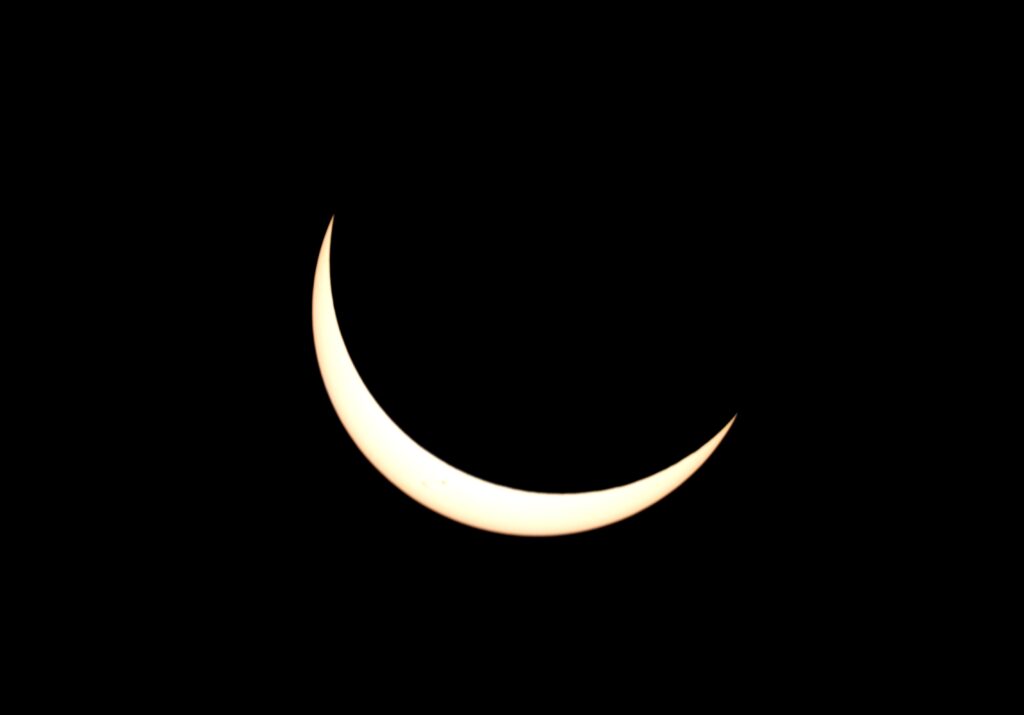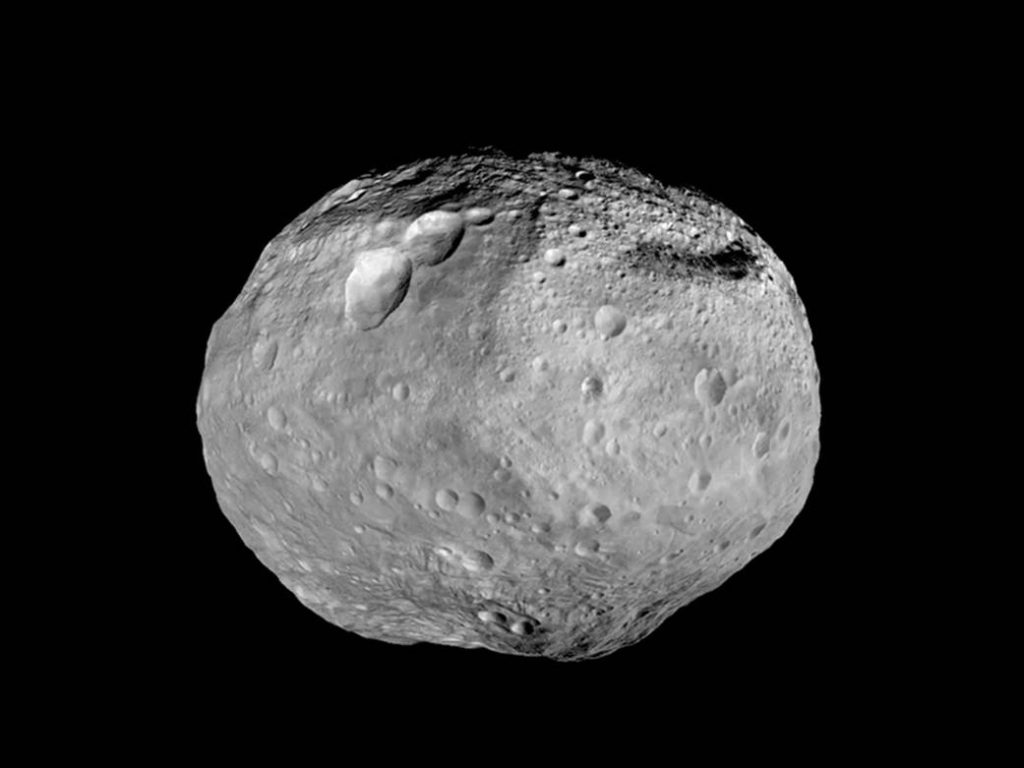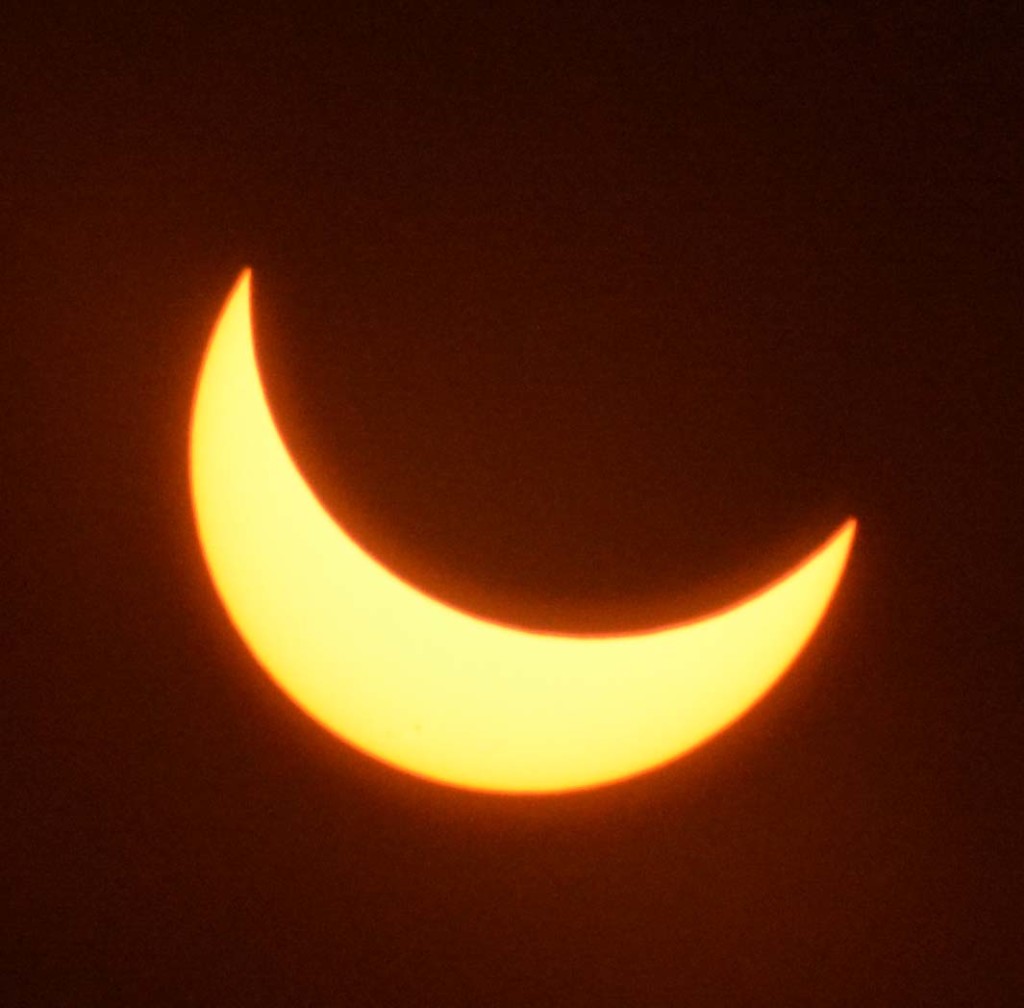By Erich Karkoschka

Mercury is visible all month at dusk. It is best in the second week of July.

Venus is also visible all month at dusk. If you look before 8 pm, you will see Venus very low in the WNW. If you look after 8 pm, you see Mercury much higher and further left. They could be mixed up if you look at 8 pm because Venus may hide behind the horizon.
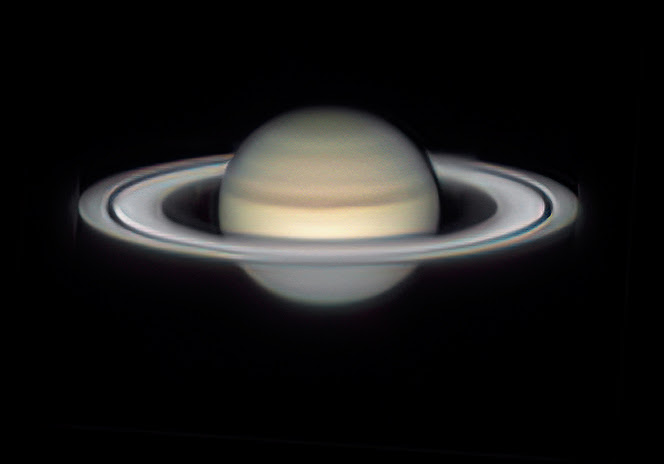
Saturn rises around 10 pm. In a telescope it shows its rings almost edge-on.

Mars rises around 1 am and gets 30 degrees high by dawn. It moves closer to Aldebaran which is of the same magnitude and almost the same color.
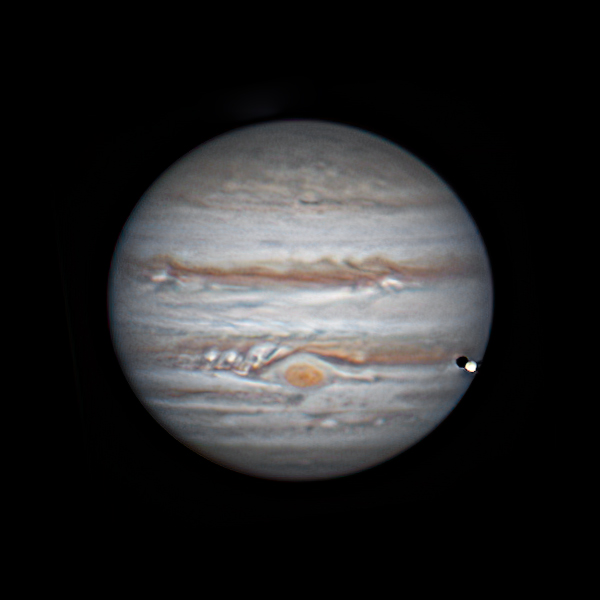
Jupiter is 40 degrees east of Mars at the beginning of July and thus rises much later, but the distance shrinks to 8 degrees by the end of the month for a close August 14 conjunction.

Uranus is .6 degrees north or Mars on the 15th. Neptune is close to Saturn.
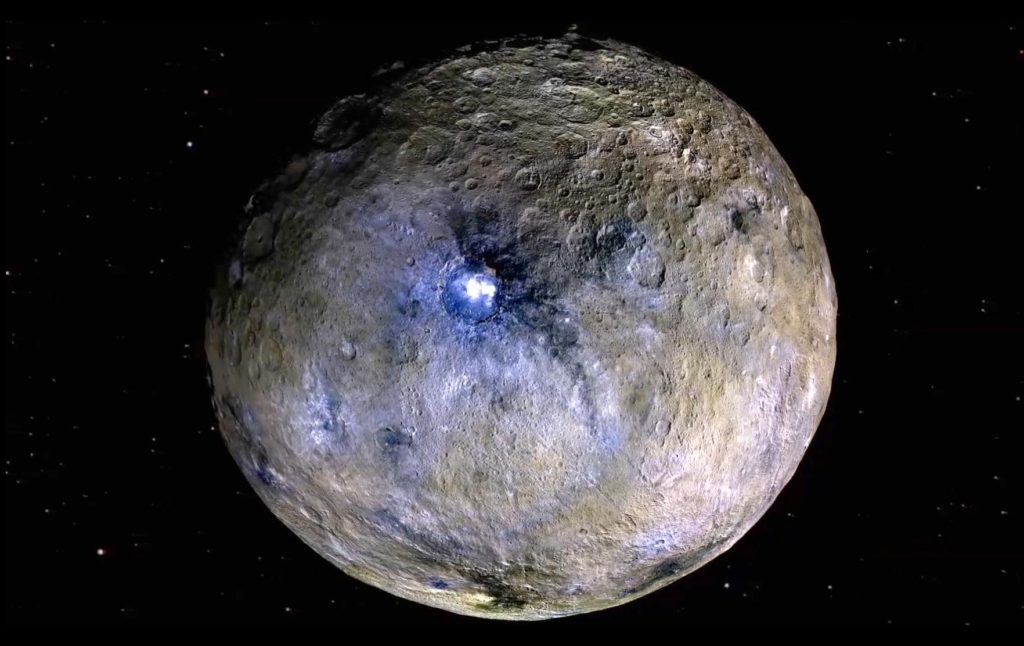
The first minor planet and dwarf planet Ceres is in opposition on the 5th low in Sagittarius. At magnitude 8, one can find it in binoculars.

The extremely thin moon sits between Mercury and Venus on the 6th. It is more difficult to find than Mercury. The next evening the moon is very easy to see above Mercury. On the 30th, the moon joins Mars, Jupiter, and Aldebaran, all close together.
The most impressive event is the occultation of Spica by the moon on the 13th from 7:54 to 9:14 pm. At the disappearance, dusk is still bright so Spica is probably not visible naked eye, but great in a telescopes. At the reappearance, the bright limb of the moon makes it challenging to see Spica at the very moment of the event.




